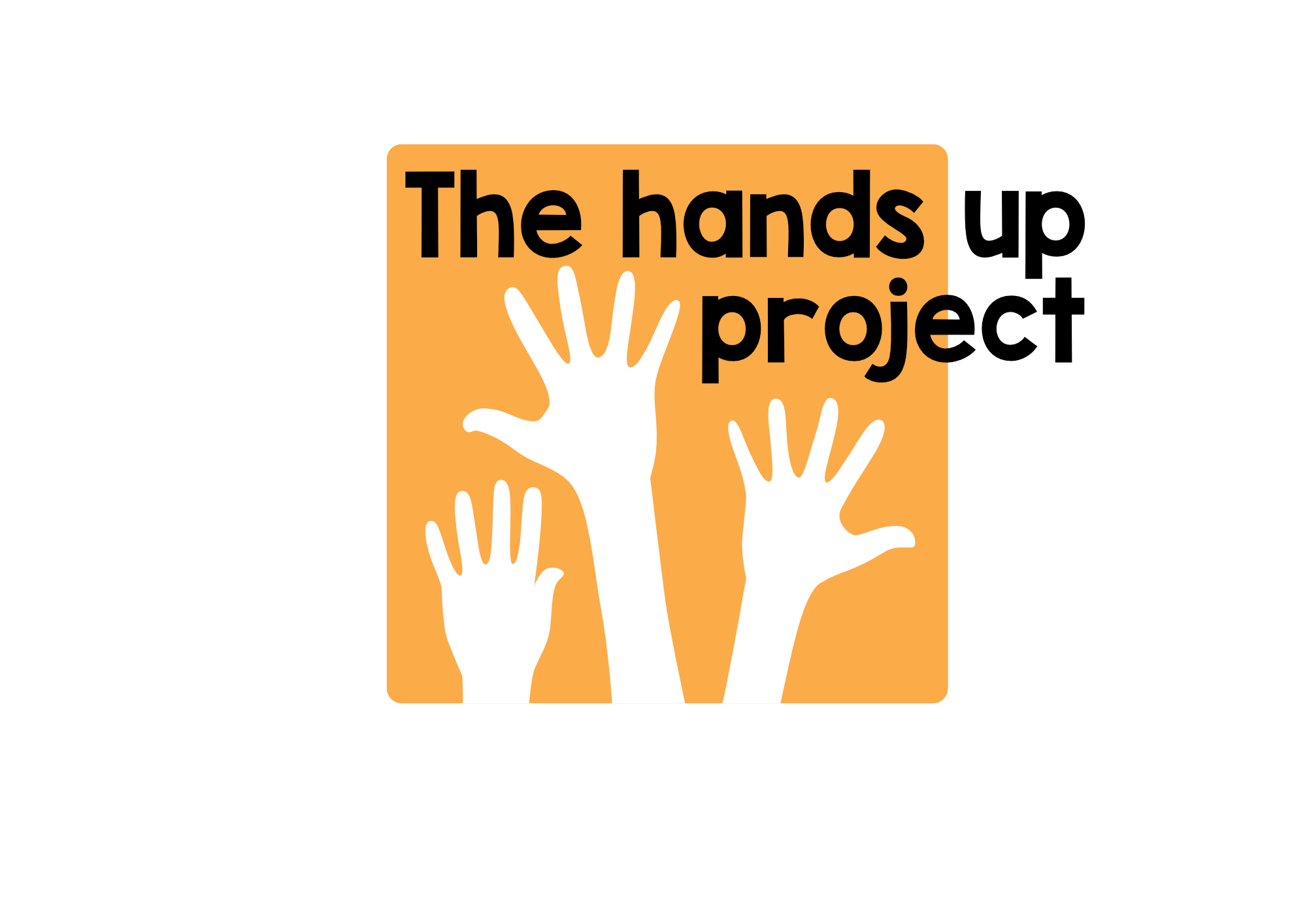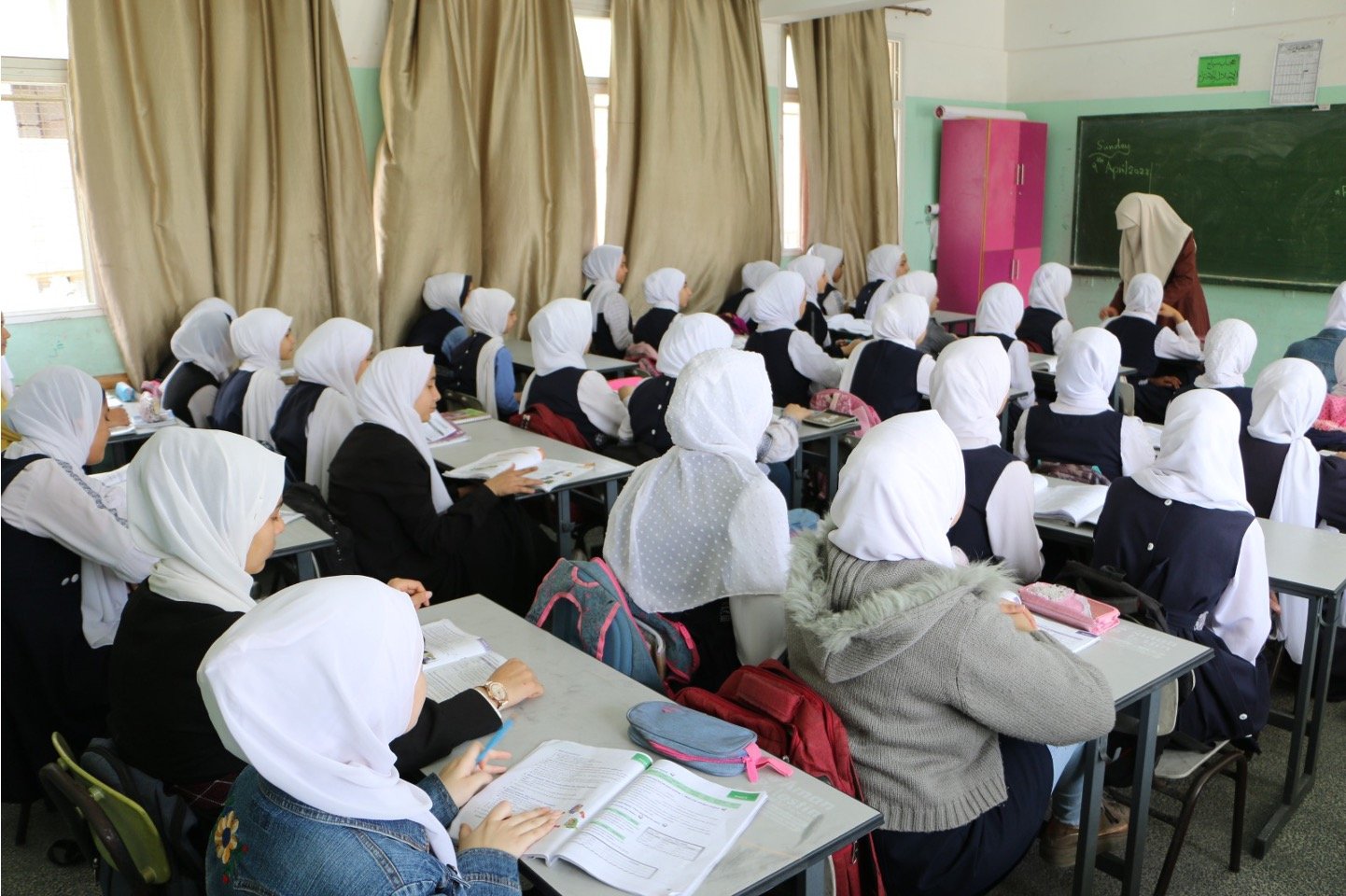The challenges of teaching mixed-ability large classes in Gaza
A governmental school for teenagers in Gaza must surely be one of the most challenging places on Earth to teach English. Imagine working in an extremely cramped classroom (50 students to a class), with very limited resources, trying to teach English to young people who, almost without exception, have never left the tiny piece of land that is the Gaza strip, have very little hope of ever leaving, and have never had a real opportunity to use the English they are learning in any kind of meaningful way with someone from another country.
On top of all this, teachers in Gaza have to attempt the impossible task of trying to motivate and inspire young people who live with trauma, with losing loved ones, and the perennial, overwhelming feeling that much of the world simply does not care.
Because of the blockade of Gaza and the dire economic situation it faces as a consequence, teachers in Government schools are poorly paid and opportunities for professional development are almost non-existent.
And yet teachers, facing these challenges actually manage to teach. And many of them do it in very creative, engaging ways so that the young people they work with actually learn.
I was fortunate to team-teach with two such teachers - Wafaa Saleh Othman Khudeir from AL Karama Basic girls school, and Hussam M Al-Dalou from Soliman Sultan boys school - as part of the research project that the Hands Up Project undertook throughout November and December of last year.
Wafaa teaching one of her 5 classes of 50 thirteen year old girls In Gaza
Hussam teaching one of his 4 classes of 50 thirteen year old boys in Gaza
In future blog posts and talks we’ll be sharing more details about what we did in the research sessions and the exciting results that we got. Here I’d like to focus on an activity we did at the beginning and end of the study to try to assess the communicative competence of some of the grade 8 learners taught by Wafaa and Hussam. I’ll use this to highlight one of the huge challenges faced by teachers of such large classes in Gaza.
8 students at different levels from each of the control and experimental groups were given a picture to describe through zoom to one of our remote volunteers. The remote volunteer couldn’t see the picture being described and was asked to draw his own picture based on the description of the learner.
In one of the boys control groups (a class which didn’t take part in our intervention) one of the strongest boys in the class (according to the exam results) was asked to describe the picture below in the first round of tests (early November 2022)
The picture that Mohammed and Ahmed were asked to describe to the remote volunteer.
It just happened that one of the weakest students in the same class according to the exam results was asked to describe the same picture in the second round (early January 2023)
Let’s have a look at how one of the strongest students performed the task first (we’ve changed his name to Student X, blurred his face and cut out any mention of his real name to protect his identity)
Paul: hello my name is Paul what's your name?
Student X: Eh..my name is Student X.
Paul: Sorry…again?
Palestinian Researcher and Ahmed together: Student X
Paul: Student X. And what class are you in Student X?
Student X: Eh..I’m at the grade 8 class nine.
Paul: Nine – fantastic. Ehm. Nice to meet you.
Student X: Me too.
Paul: And can you tell me what number is your picture?
Student X: seven
Paul: Ok, and can you tell me what can you see in your picture?
Student X: Eh, I see two persons. A man and a woman. They are carry an instrument music.
Paul: Uhuh
Student X: The woman carry the guitar and the man carry ehhh.
Palestinian researcher: (In Arabic)
Student X: (starts to mimes playing trumpet)
Paul: What do you do with this instrument? Do you hit it? (mimes) blow it? (mimes)
Student X: You blow it like this (mimes) and we control it. We put our fingers on it.
Paul: Ok.
Student X: And the man is wearing a T-shir.. a shir…a T-shirt and panatalon, a summer clothes and the woman is wearing a winter clothes.
Paul: Ok. Ok. The man’s wearing summ….. And do they look happy, or sad?
Student X: Yeah. They are look happy.
Paul: Ok. Ok. Are they playing their instruments?
Student X: No they are not.
Paul: They’re holding them?
Student X: Yes.
Paul: Which hand are they holding the instruments in?
Student X: Ehh, the man is holding at the right hand and the woman is holding at the left hand.
Paul: Ok Ok – good. And where are they? Are they outside or are they inside?
Student X: Eh, I think they are outside.
Paul: Why do you think they are outside?
Student X: Because there is nothing next to him. Next to they.
Paul: Ok. Fantastic. Ok, if they’re outside. Can you see the weather? Is the weather good or bad, or..?
Student X: No I can’t see it clearly.
Paul: OK , OK. And can you describe the man and the woman, do they have long hair or short hair?
We can see from this 3 minute transcript that Student X has an excellent control of English. He’s able to use English to achieve the things he wants and is not overly concerned with accuracy at the expense of fluency (‘They are carry an instrument music’). He’s also a confident speaker and if he doesn’t know a word that he needs then he finds a way round it. (‘You blow it like this (mimes) and we control it. We put our fingers on it’)
Contrast this with how Student Y, a student almost at the bottom of the class according to the exam results, performed exactly the same task with the same picture, 2 months later.
Paul: Hello. My name is Paul. What's your name?
Student Y: My name is Student Y.
Paul: Good to meet you Student Y. You have a picture?
Student Y: Yes
Paul: Can you tell me what number your picture is?
Student Y: Number..number 7
Paul: Thank you Student Y. OK. And what can you see in your picture?
Student Y: (In Arabic to Palestinian researcher (PR) in the room with him)
Paul: What can you see in your picture? (with gestures)
Student Y: (35 seconds talking with PR in Arabic)
Palestinian Researcher: Can we continue Nick? He says he doesn’t know any words in English?
Paul: Ok, well let’s try. Can you see people?
Student Y: Yes
Paul: Ok – good. How many people?
(10 seconds talking with PR in Arabic)
Paul: How many? One, two, three..how many?
Palestinian Researcher: How many people? (then repeated in Arabic)
Student Y: Etnayn
Palestinian Researcher: In English.
Student Y: Two
Paul: Two people. OK. OK. Man or a woman?
Palestinian Researcher: Man (repeated in Arabic) or woman? (repeated in Arabic)
Student Y: Woman.
Paul: One woman and one man? Yes?
Student Y: Yes.
Paul: Ok. Good. You can see a man and a woman in the picture. Thank you. Where is the man? Where is the man? Is he on the right, or on the left? (with gestures)
Student Y: (In Arabic)
Paul: Where is the man?
Student Y: Right.
Paul: Right. OK. The man is on the right. The woman on the left. Ok. Good. And what are they doing? Are they sitting, or standing? (with gestures) Which?
We can see that this is an extremely difficult task for Student Y. He simply doesn’t know enough words to be able to understand what Paul is saying or to respond with anything meaningful on his own. In fact without the support of the Palestinian researcher by translating to Arabic, and Paul’s very supportive scaffolding techniques, it’s doubtful whether he would have been able to communicate anything at all.
From watching the other recordings, it’s clear that around 20% of the class are at a similar level in terms of communicative competence to student X and another 20% are at a similar level to Student Y. I would estimate that this is fairly typical of a large class in Gaza. Perhaps it’s typical of a large class anywhere in the world?
So here’s the challenge for any teachers working in such a context..
Should they use English as a means of communication when interacting with the class, when only a small percentage of the class may understand them? Should they use L1, when this won’t be providing any kind of comprehensible input for the stronger learners? Is there a role for translanguaging in such a situation? Given that there is such a range of levels and it’s almost impossible to monitor any kind of pair/group work because of the cramped conditions and numbers of students, how can teachers make the communicative activities in English for Palestine work as a tool for learning?
We’d love to have your suggestions in the comments below.



